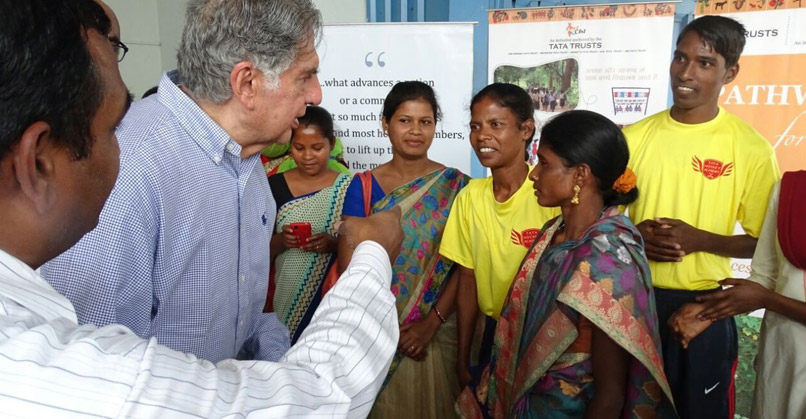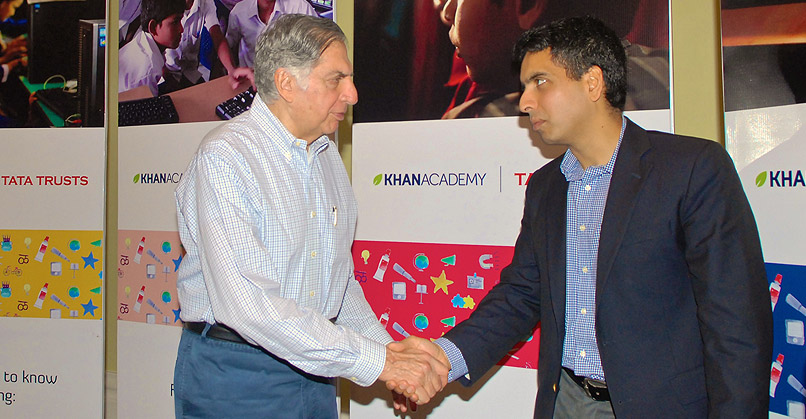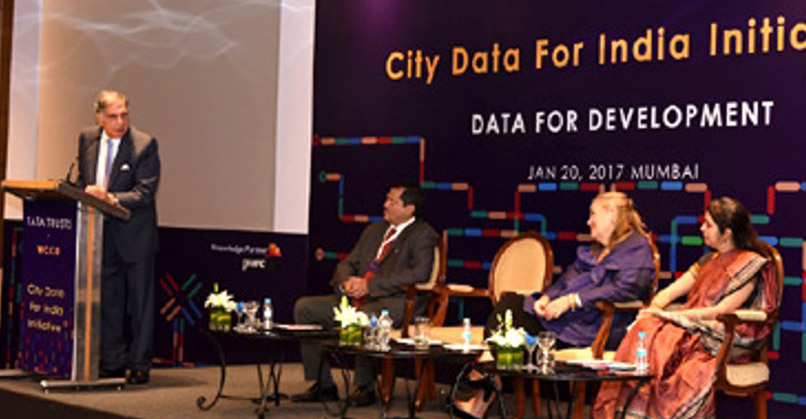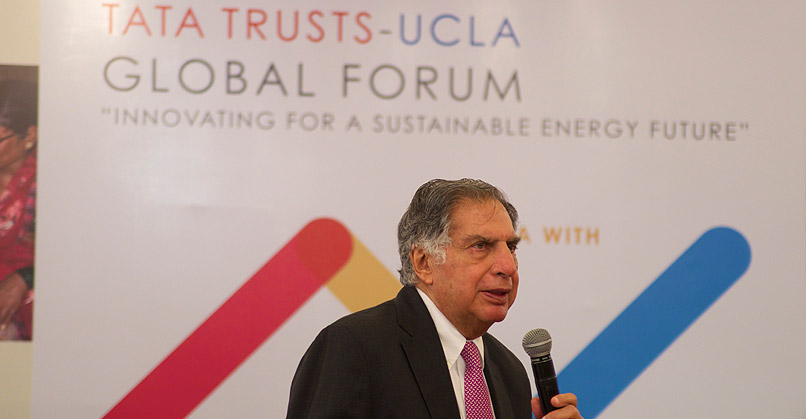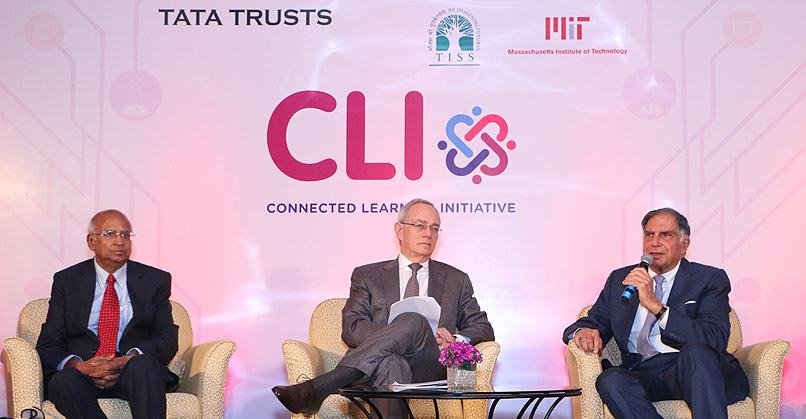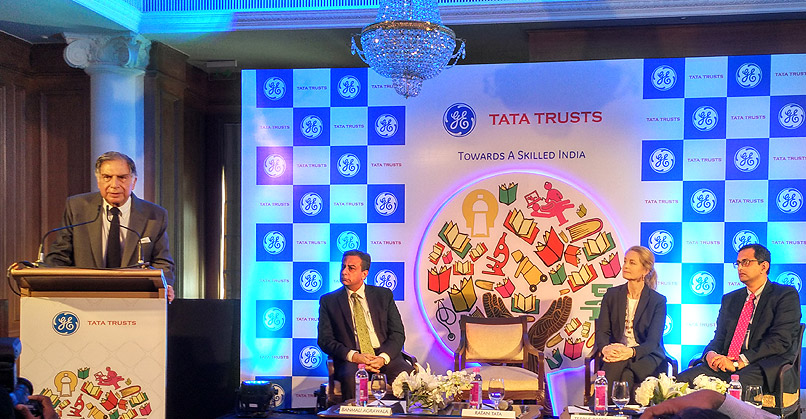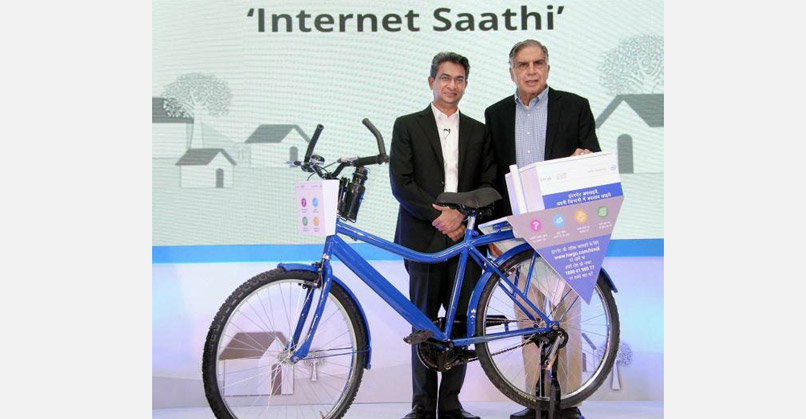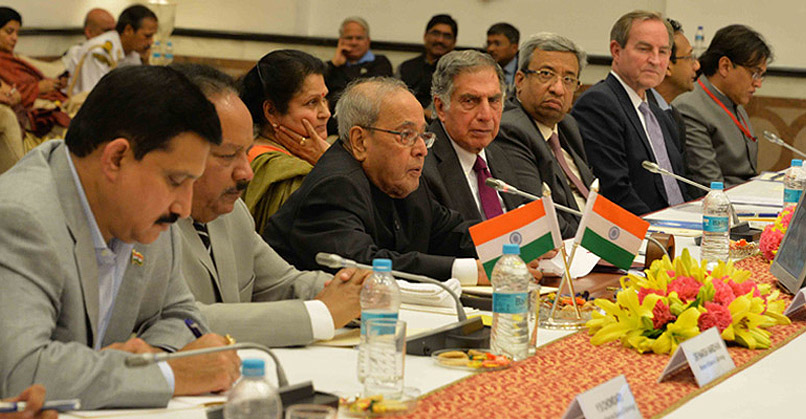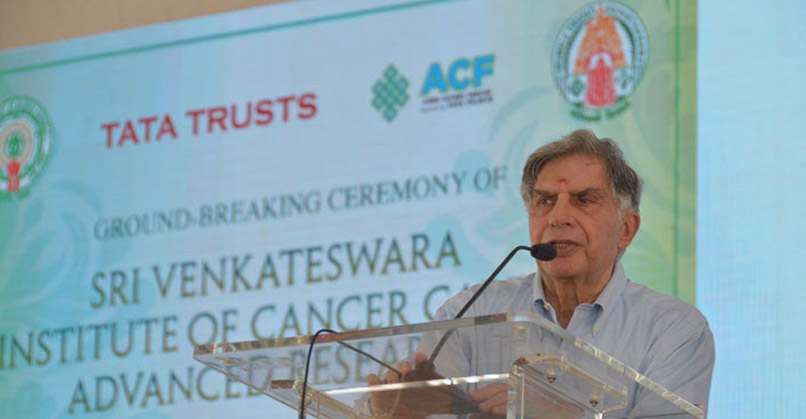Ratan N. Tata: His legacy and vision
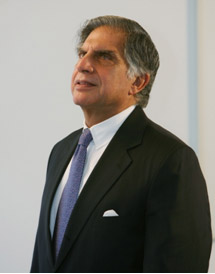
Ratan N. Tata, born on December 28, 1937, was the eldest son of Naval Tata and Sonoo Commissariat. Raised by his grandmother, Lady Navajbai Tata, Ratan N. Tata grew up in an environment, centred around philanthropy and public service.
He completed his early education at Mumbai’s Cathedral and John Connon School before heading to Cornell University in 1955, earning a degree in architecture and structural engineering. Although he initially settled in the United States, his grandmother, Lady Navajbai Tata’s declining health brought him back to India, where he began his journey with the Tata Group in 1962, starting with Tata Industries. He gained hands-on experience at TELCO (now Tata Motors) and Tata Steel before joining the board of Tata Sons in 1974 and ultimately taking over as chairman in 1991.
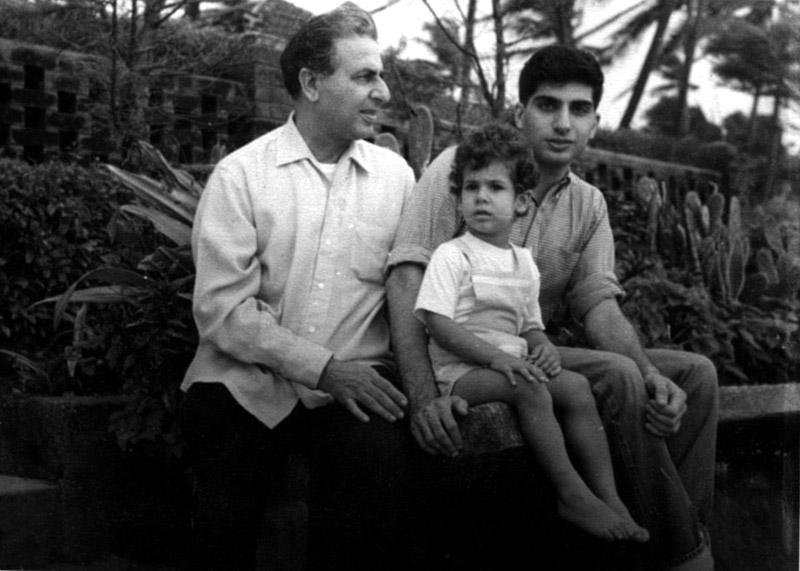
Ratan N. Tata’s involvement in the Tata Trusts began in 1965 when he was inducted as a Trustee for the Sir Ratan Tata Trust (SRTT), honouring a wish expressed by Lady Navajbai who was a key figure in SRTT having served as its chairperson since 1919. By 1989, he became Chairman of Sir Ratan Tata Trust, and later, of the Sir Dorabji Tata Trust in 1993.
Under his leadership, he redefined the Trusts' mission, advocating for a strategic and sustainable model of philanthropy. Consequently, strategic planning became integral to ensuring the Trust’s donations were impactful and its operations efficient. The Trusts’ programmes were reoriented to address evolving needs of the Indian society, marking a shift from traditional charity to proactive, results-oriented systemic philanthropy. Recognising that societal needs evolve, he established a practice of adapting to emerging challenges and extending the Trust’s reach to rural areas.
“India is still a developing country, one burdened with enormous inequalities. It is our duty to play whatever role we can, in whichever way we can, to diminish those disparities. This is the guiding principle of all of us at Tata. We are not in it for propaganda or visibility. Rather, we are in it for the satisfaction gained from knowing that we have achieved something meaningful, that we have put our shoulder to the wheel of nation building, that we are serving the country that provides us sustenance. The Tata ethos demands no less.”
— Mr Ratan N. Tata, December 2004
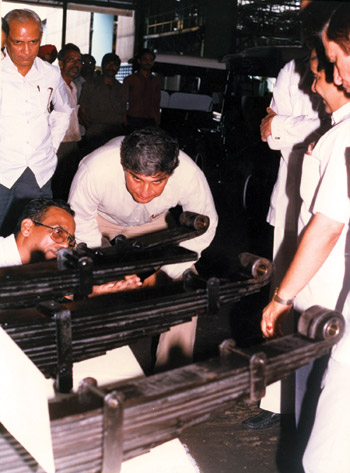 |
| Ratan N. Tata on the Telco (now Tata Motors) shop floor in Jamshedpur. |
Ratan N. Tata’s recognition of the distinct needs across different regions of India ensured that the Trust addressed unique challenges and fostered collaborations with both central and state governments to drive forward-looking sustainable programmes.
Under his leadership, women empowerment became a priority, with additional funds allocated in 1993 to support initiatives in women’s and children’s health, education, and livelihood development. Ratan N. Tata consistently emphasised enhancing women’s roles within their communities through these initiatives.
In the later years, he also emphasised on addressing two critical needs in the country – nutrition and cancer care. Ratan N. Tata carried forward the legacy of the Tata’s being a beacon of hope for cancer patients, aiming to make high-quality, affordable cancer care accessible through a nationwide network of facilities. Likewise, to address India’s persistent malnutrition crisis, he envisioned a broad set of nutrition interventions across India, acknowledging that malnutrition couldn’t be solved in isolation. Thus, the Trusts adopted a comprehensive, multi-sectoral approach, integrating maternal health, clean water, and livelihood improvement to address nutrition needs holistically—efforts that would also indirectly support India's GDP growth.
The ‘Matrix Approach’, introduced under the leadership of Ratan N. Tata in 2014, was instrumental in fostering holistic development in underdeveloped areas, integrating multiple thematic initiatives within clustered regions to drive sustainable, lasting change. As he put it, “To enhance the sustainability of interventions, the Trusts have adopted a cluster-based approach, supporting multiple interlinked activities across contiguous villages.” By focusing on combined efforts in health, education, youth skills, and livelihoods within the same regions, this approach ensured that the Trust’s work brought about sustainable, life-changing impacts for entire communities. This approach also informed the development of the ‘Yellow Card’ a set of benchmarks to design each project. These standards assessed initiatives based on the scale of intervention, measurable impact, sustainability, adherence to best practices, and sector leadership, reinforcing the Trust's commitment to purposeful, high-impact philanthropy.
With Ratan N. Tata’s guidance, the Trusts undertook ambitious, large-scale projects aimed at addressing critical needs across India. These included the Central India Initiative, which focused on alleviating poverty and supporting livelihoods in tribal regions; the Himmothan Pariyojana, a programme focussing on development of the Central Himalayan regions; the Tata Water Mission, aimed at ensuring water security and government flagship programmes such as the Swachh Bharat Mission, Zilla Swachh Bharat Prerak, Poshan Preraks, and Jal Jeevan Mission. Other key projects included Internet Saathi, in partnership with Google India, to promote digital literacy; technology-enabled education programmes in collaboration with Khan Academy India; the North East Initiative; microfinance projects in Rajasthan; artificial glaciers to address water scarcity in Leh; and efforts to combat coastal salinity in Gujarat, to name a few.
Another distinctive legacy of Ratan N. Tata was his advocacy for harnessing technology to broaden access to education and tackle India’s most pressing challenges. He recognised its potential as a transformative tool and prioritised making technological solutions affordable and accessible. Under his guidance, the Trusts forged partnerships with international institutions like Harvard and MIT, as well as leading national institutions like IISc, TIFR, and the IITs. These collaborations launched technology-driven initiatives across sectors such as agriculture, education, cancer care, women’s Self-Help Groups, and agri-business, reinforcing the Trusts' commitment to sustainable development.
Ratan N. Tata left behind a heartfelt legacy in the form of the Small Animal Hospital, a recent initiative of the Tata Trusts. Inspired by his deep compassion for animals, he envisioned a facility where small animals could receive treatment with respect and care. While the Trusts had long supported organisations dedicated to animal welfare, it was Mr Tata who went the extra mile to establish a specialised health facility focused on the care, cure, and comfort of animals. This initiative reflects his enduring commitment to compassion in all its forms.
“The essence of modern philanthropy has changed in recent years, influenced in no small measure by the changes in the socio-economic landscape, as well as technological advancements. The focus has moved beyond the mere alleviation of poverty, to the creation of prosperity in the beneficiary communities. The Trust have also committed to this goal, by realigning their processes and adopting a transformational approach, which not only seeks to empower communities with livelihood solutions but also seeks to bring about behavioral changes that will improve quality of life.” — Mr Ratan N. Tata
Quick links
About Jamsetji N. Tata | Early days of Jamsetji Tata
About Lady Meherbai Tata
About Sir Dorabji Tata | Sir Dorabji Tata: Catalyst for India's Olympic Debut
Sir Dorabji and Lady Meherbai Tata: A Partnership of Vision and Service
About Sir Ratan Tata | Sir Ratan Tata - Support to nationalistic causes
About Lady Navajbai Tata
Sir Ratan Tata and Lady Navajbai Tata: A Legacy of Generosity, Grace and Compassion
A tribute from Cornell Chronicle
About JRD Tata
Anecdotes
